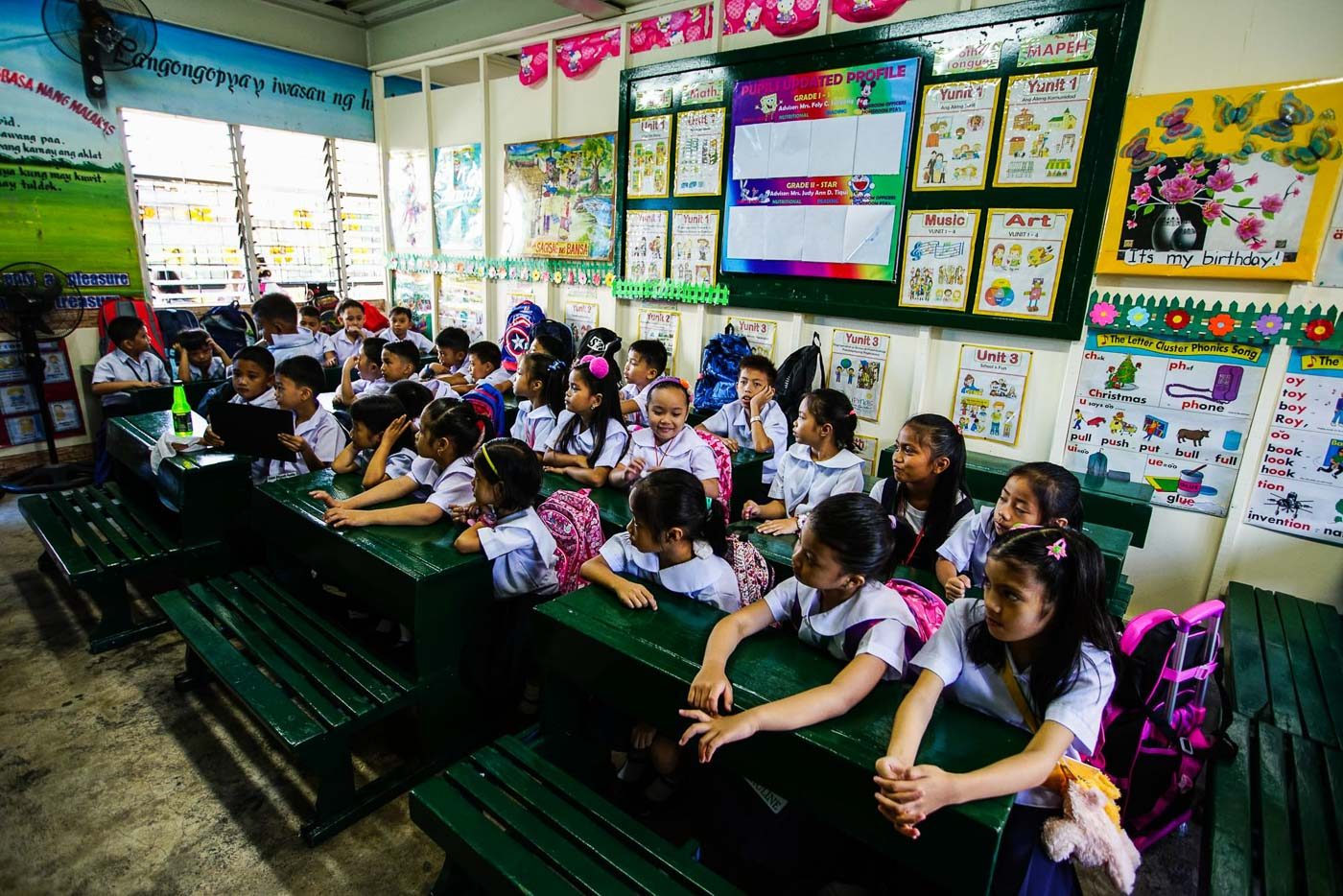SUMMARY
This is AI generated summarization, which may have errors. For context, always refer to the full article.

MANILA, Philippines – Schools can help poor students finish elementary and high school by focusing on efforts that develop extracurricular activities, University of the Philippines (UP) senior researcher Karol Mark Yee said in a recent forum.
Yee said this will help students stay in school as this would would give them more reasons to keep attending, beyond classes and tests. Extracurricular activities range from sports to a variety of clubs or even remedial classes.
“In other countries, tried and tested methods are that there are holistic supports. It can’t just be teaching,” he said in a forum on higher education hosted by the UP Center for Integrative and Development Studies on Thursday, October 4.
Yee gave the recommendation as he discussed how most of the poor were not college-eligible because they dropped out or did not pass exams to graduate from elementary and high school. “A good percentage, hanggang sa elementary lang (only make it until elementary) and a good percentage hanggang (until) high school,” Yee said.
He said 50.4% of poor college-aged tudents, ranging from 17 to 24 years old, were not enrolled in or were unable to access college.
Meanwhile, Yee added, “Only 10% of those aged 17 to 24 among the poor are either enrolled or graduated from college versus 72.3% for the ‘richest.'”
This comes despite the fact that more students were now enrolled in college. Data from the Commission on Higher Education (CHED) showed nearly double the amount of students were now in higher education, from 1.9 million students in 1994 to 3.8 million in 2014. (READ: FAST FACTS: What you need to know about the PH education system)
Yee said that of the 41% of the poorest eligible for higher education, only 10% were actually enrolled in college. “Poorest” was defined as students who had a monthly household income of up to P9,800.
“Without those (extracurriculars), we don’t create an environment that really keeps them in school because things become test based,” he said. The option of extracurricular activities, he added, would also give students a support system and avenues for interest beyond the classroom. – Rappler.com
Add a comment
How does this make you feel?
There are no comments yet. Add your comment to start the conversation.